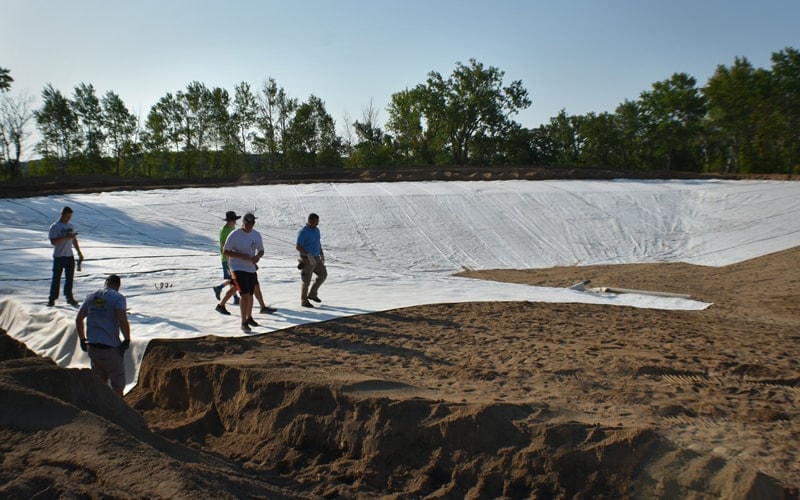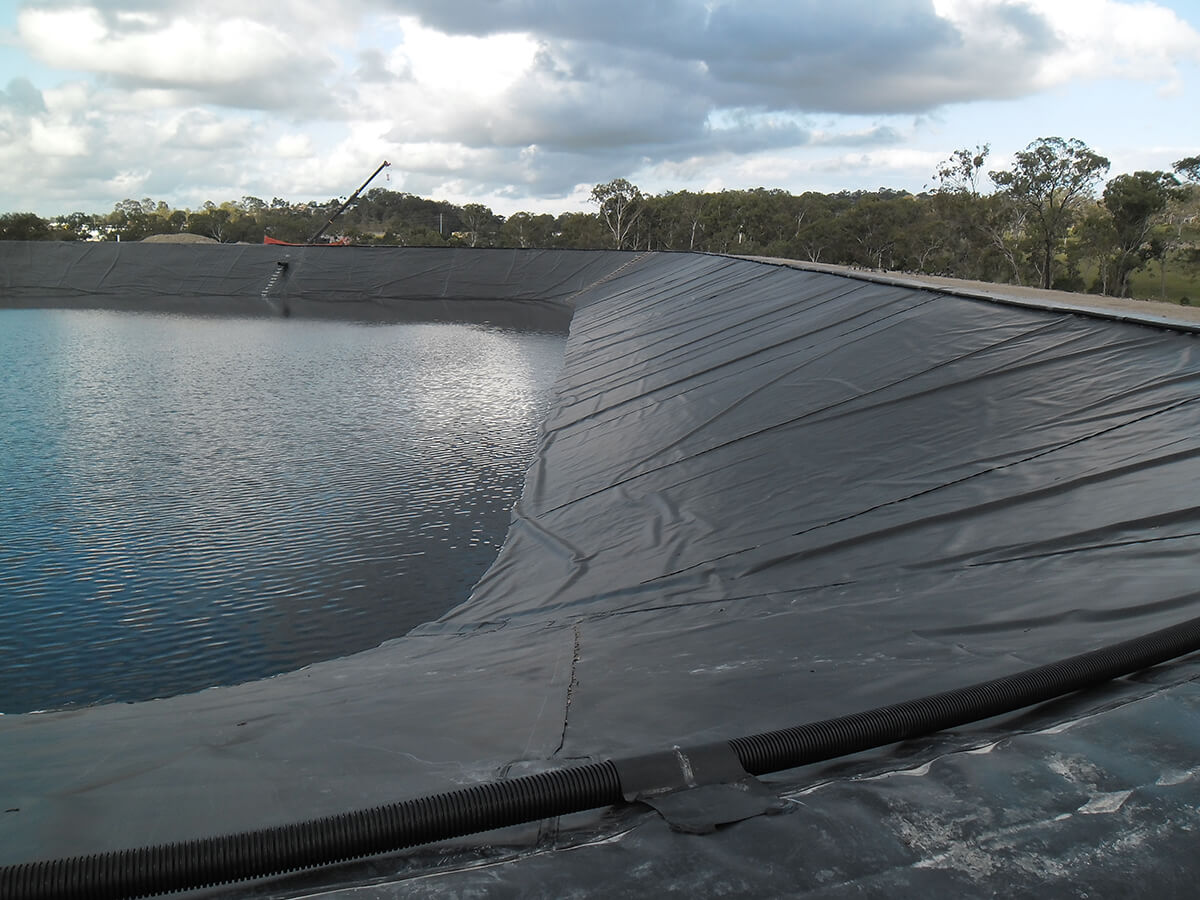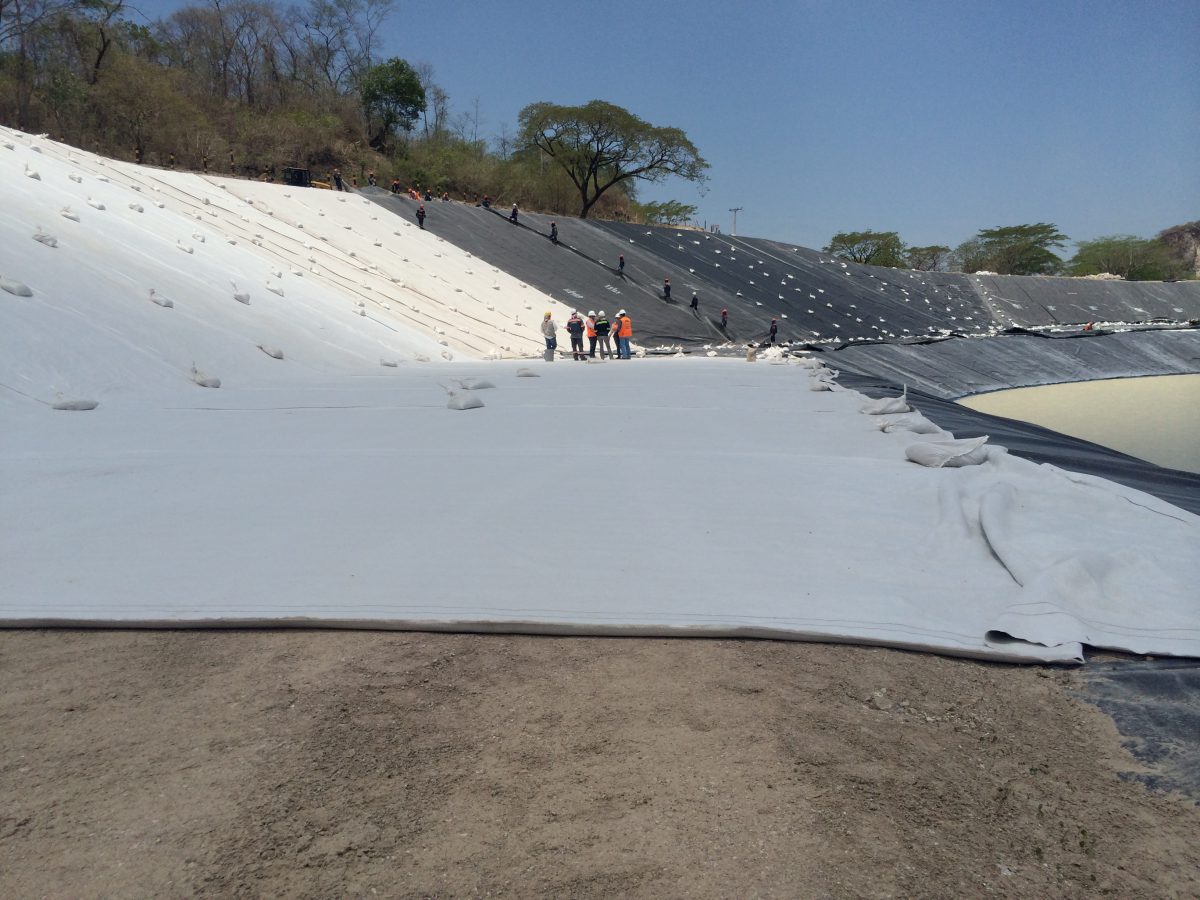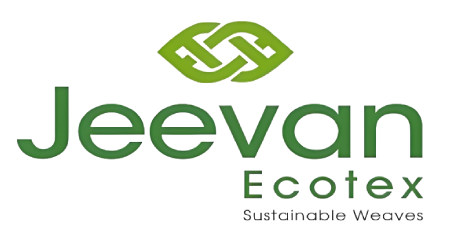Introduction
A geosynthetic clay liner (GCL) is a composite geotechnical material that combines the properties of geotextiles and natural sodium bentonite clay. It is used as a barrier system for various containment applications in civil engineering and environmental projects. Here’s some information about geosynthetic clay liners:



